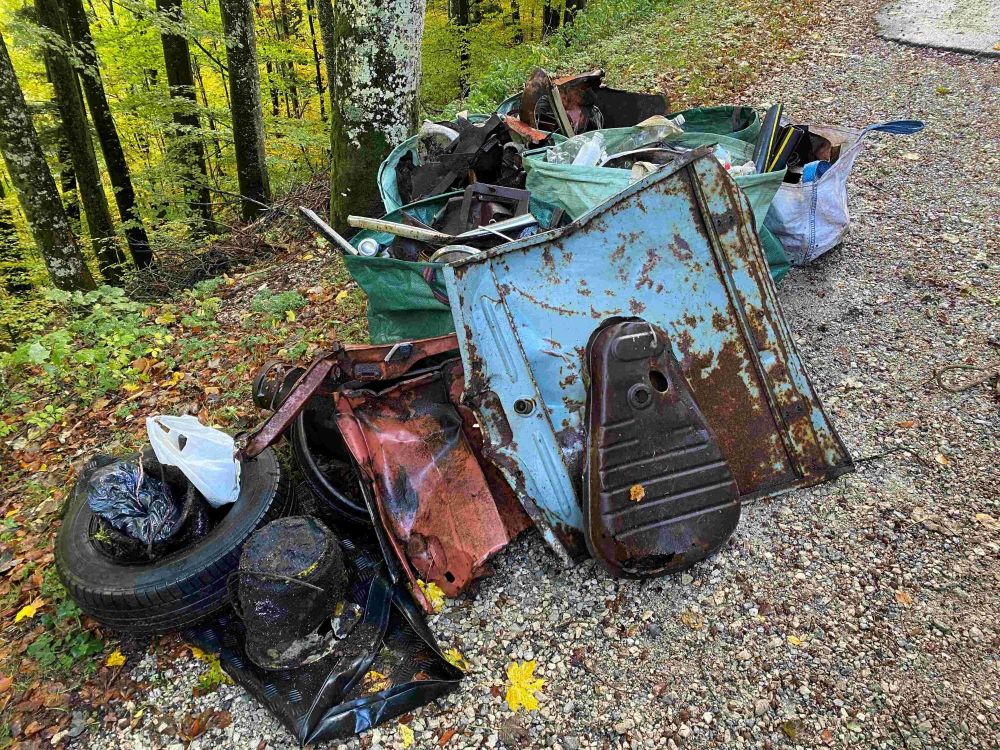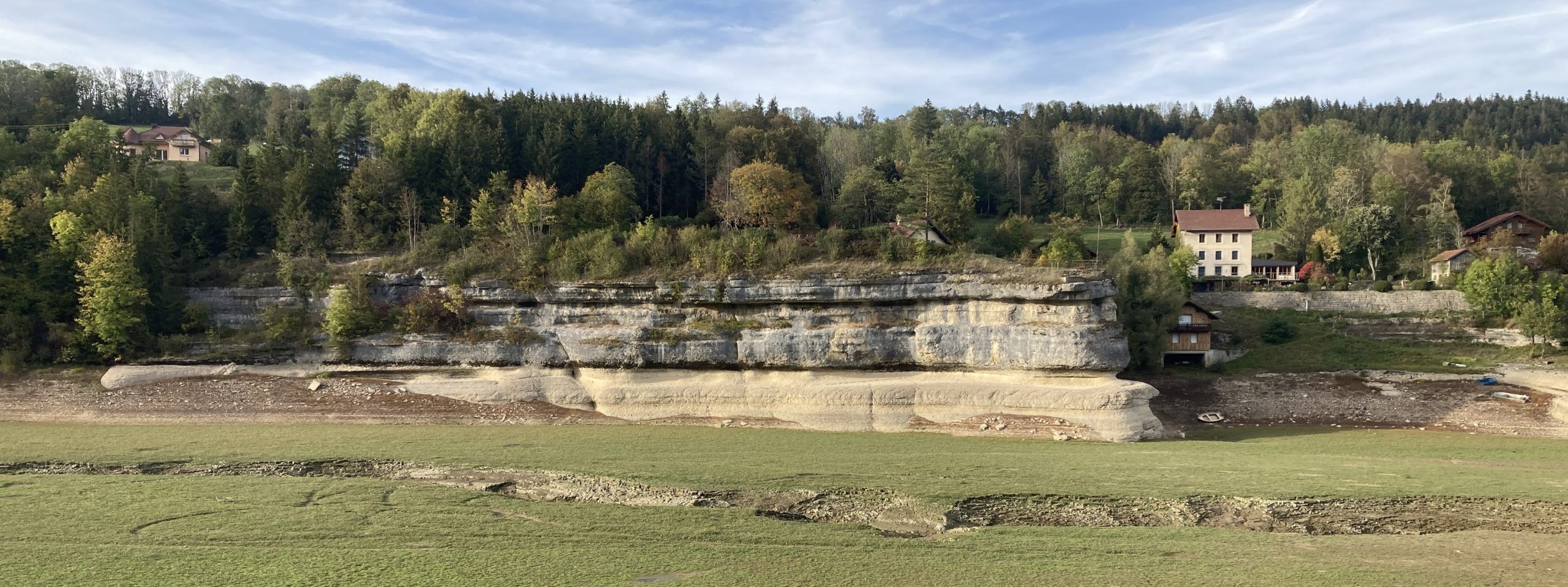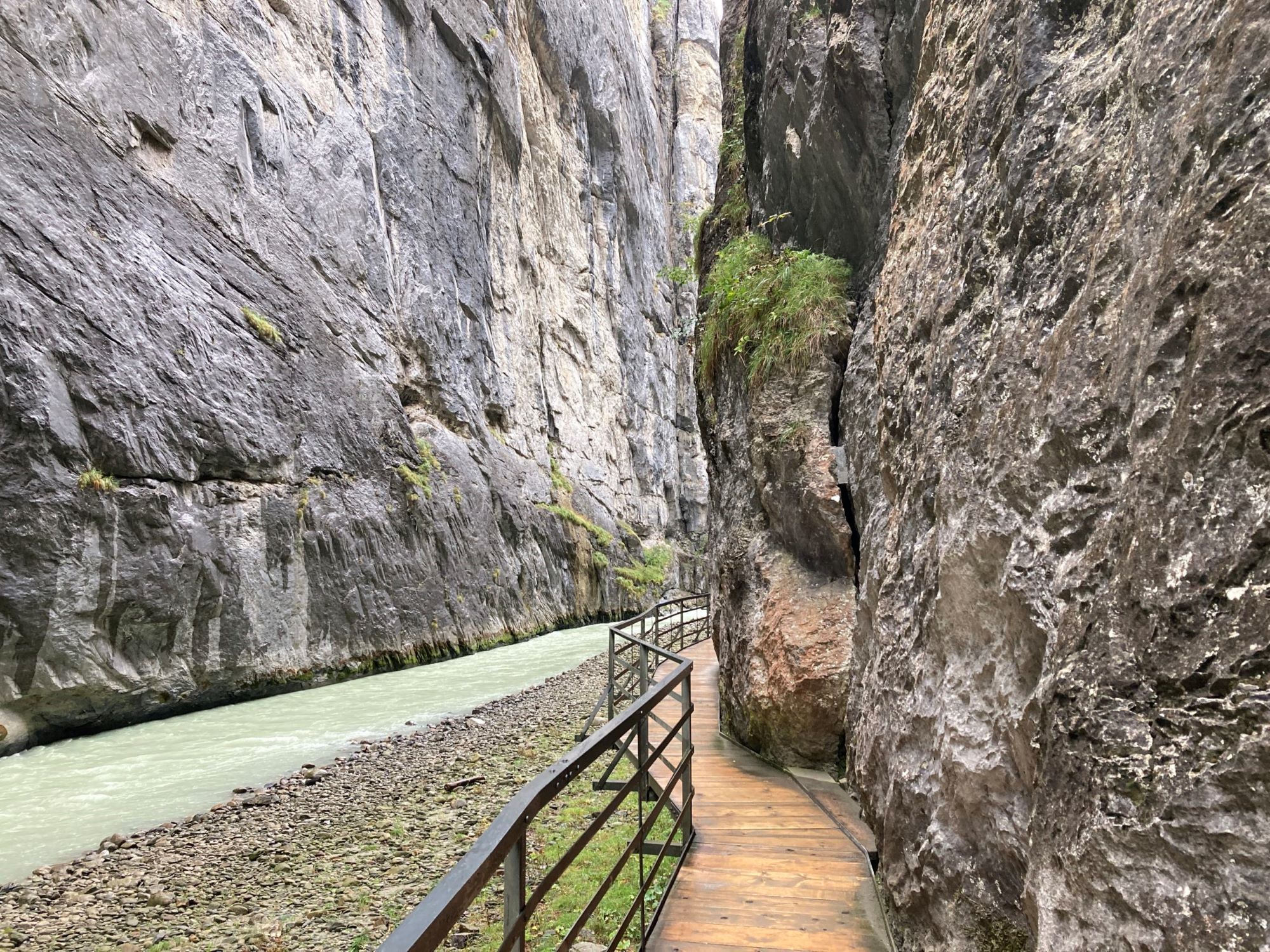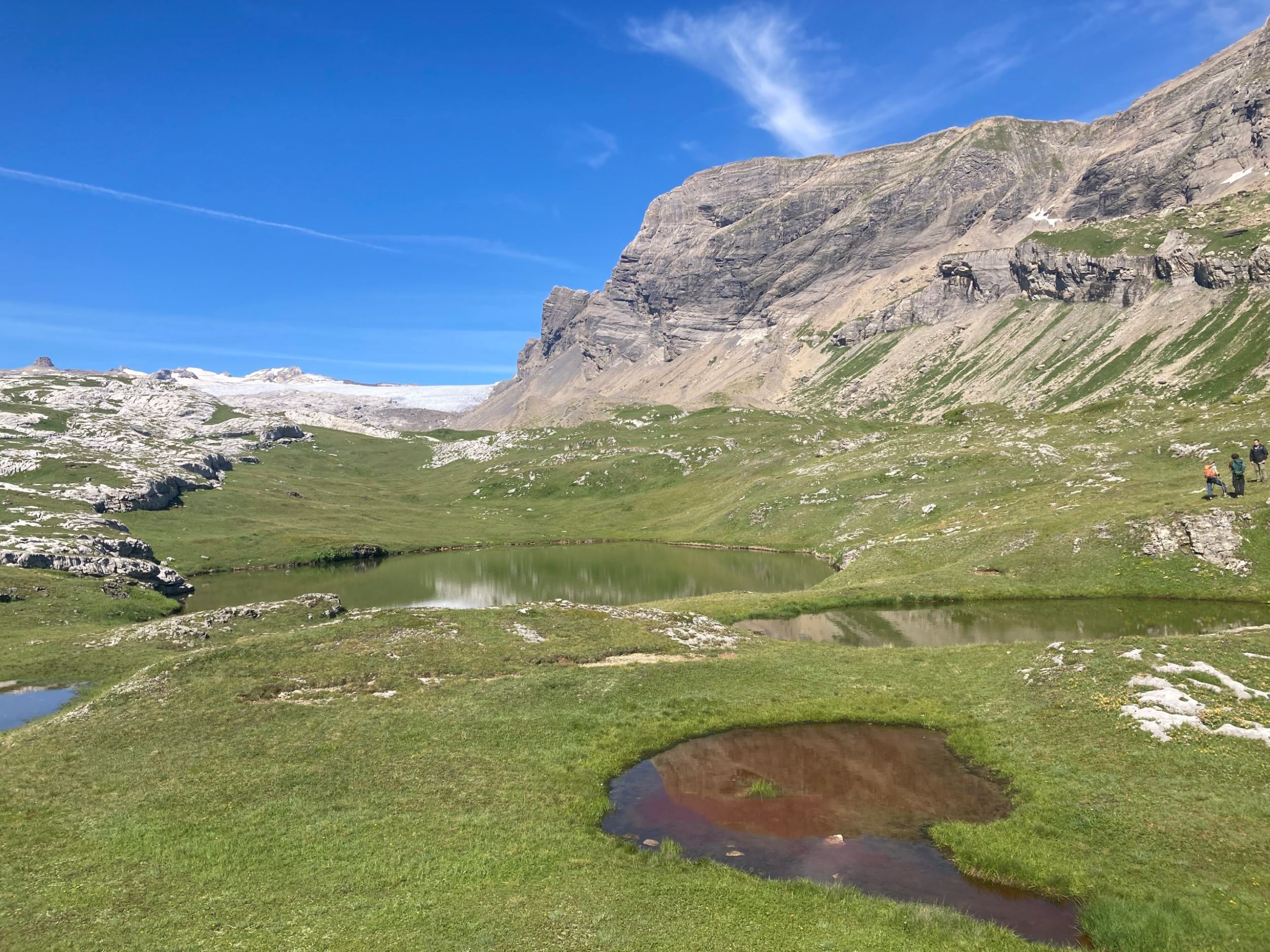Heritage
The "heritage" sector is a department of SISKA dedicated to the documentation and protection of karstic heritage. Projects in this area draw on the knowledge and skills of SISKA staff in site remediation, biospeleology and geoheritage.
Monitoring and remediation of karstic sites
There are many unauthorised dumps in karstic terrain (chasms, caves and dolines). This waste is in direct contact with the groundwater, which can have consequences for the quality of drinking water.The presence of waste may have a significant impact on the state of conservation of these particular geological sites.
Numerous analyses have shown that these old disposal sites are dangerous, with high levels of heavy metals. SISKA organizes clean-up campaigns in several cantons (VD, NE, VS, JU, BE). Over the past 20 years, more than 200 sites have already been remediated.
Our preferred approach
-
Establishing and updating the register of polluted sites.
-
Creation of a remediation file.
-
Remediation.
-
Completion of a remediation report.
Biospeleology
The biospeleology platform is a link between cavers interested in underground fauna and specialists in different groups of underground organisms. It enables discoveries that provide important information on habitats and biogeography to be passed on to interested researchers. By acting as a relay, the platform helps to prevent the loss of information about the underground environment. It is also a link to the specialist services in the cantons and to those responsible for geotope protection.
The platform's activities are supported by the Scientific Speleology Commission of the Swiss Academy of Natural Sciences (scnat) and are part of the national programme for the conservation of speleological and karst heritage supported by the FOEN.
Geoheritage
SISKA is responsible for carrying out inventories of karstic sites (sinkholes, dolines, lapies), geo-heritage assessments and site management proposals (remediation, protection, enhancement).
Resources
Impact studies
For relatively complex or major projects in karstic environments, we can use our experience to assess their feasibility and reduce their potential impact on the environment. In particular, we deal with impacts on groundwater, subterranean fauna, the subterranean climate and the karstic landscape.








